January 8, 2020 report
New clues to help explain how a 2,600-year-old brain survived to modern times
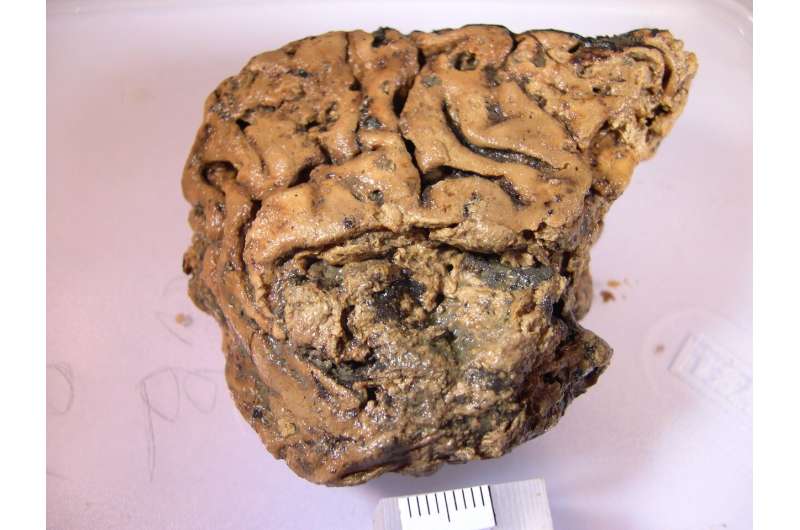
An international team of researchers has found a clue to explain how a 2,600-year-old brain could have survived until modern times in a mud pit. In their paper published in Journal of the Royal Society Interface, the group describes their study of the brain sample known as the Heslington brain and what they found.
Back in 2008, a team of archaeologists unearthed a skull near the British village of Heslington—and to their surprise, it contained a small amount of brain tissue. It had been sitting in a waterlogged pit, and even more mysteriously, no other parts of the head such as hair were in evidence. Later study showed the skull to be approximately 2,600 years old, and from a male. Study of the skull also suggested the man had likely been decapitated. But the big question was how the brain tissue survived for so long. Typically, brain matter starts to decay just moments after death due to its heavy fat content. As part of later studies, the researchers found that no attempt had been made to preserve the brain, making its condition all the more mysterious.
In this new effort, the researchers took a new look at the brain matter to see if they could unlock its secrets. This time, they studied it at a molecular level, looking specifically for evidence of proteins known to be hardier than other types of material in the brain.
The researchers report that they found evidence of over 800 proteins in the brain sample, some of which were in such good condition they were still able to work up an immune response. They also found that the proteins had folded themselves into what the researchers described as tightly packed stable aggregates, which, they noted, were more stable than those found in the typical living brain today. They suggest such aggregate formation may at least partly explain how the bran matter was able to stave off decomposition. The researchers noted that the environment in which the skull was found might have helped, too—the cold, wet, fine-grain sediment may have locked out oxygen that flesh-eating microorganisms would have needed to survive.
-
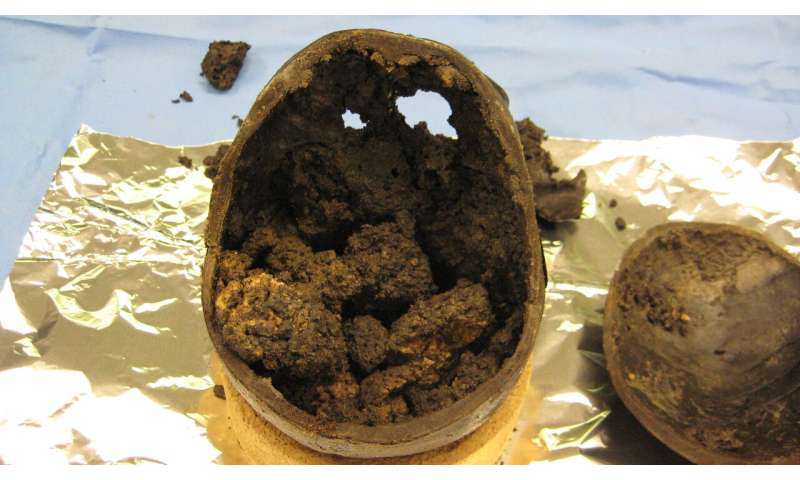
Credit: Journal of The Royal Society Interface (2020). DOI: 10.1098/rsif.2019.0775 -
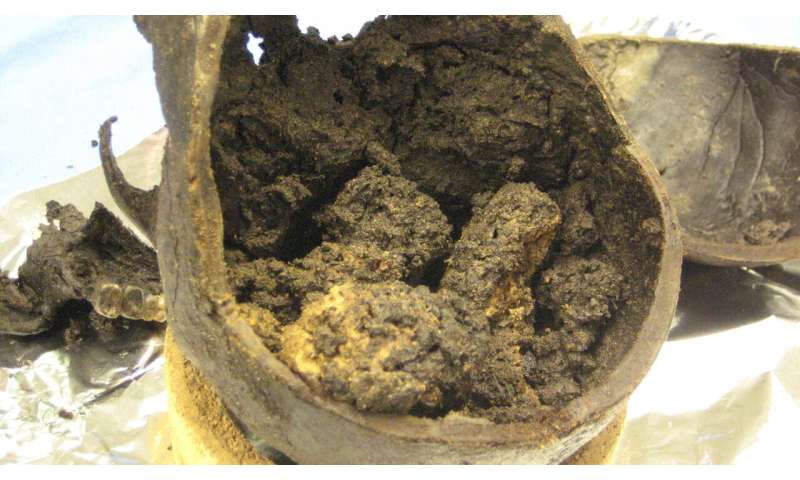
Credit: Journal of The Royal Society Interface (2020). DOI: 10.1098/rsif.2019.0775 -
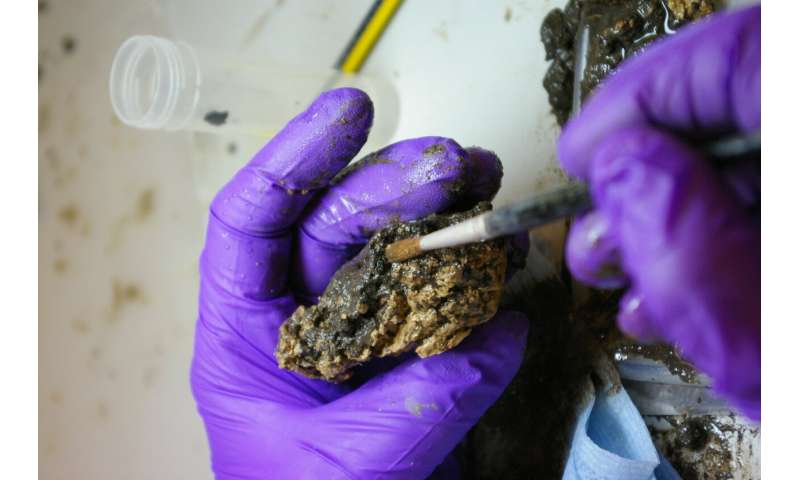
Credit: Journal of The Royal Society Interface (2020). DOI: 10.1098/rsif.2019.0775 -
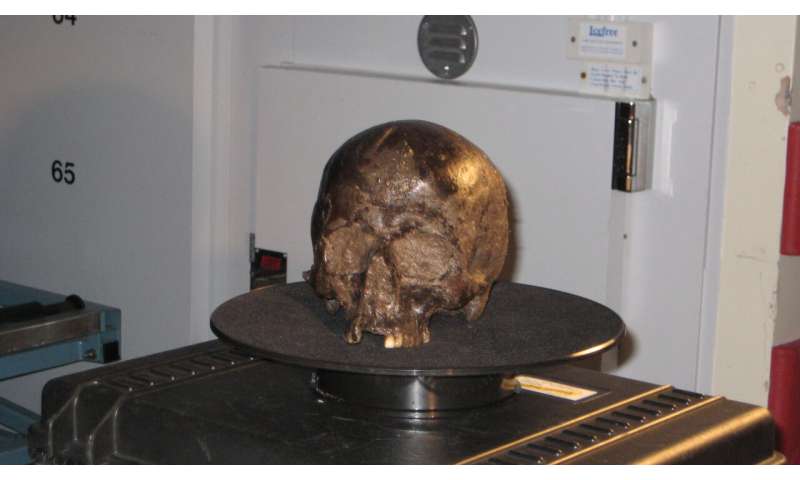
Credit: Journal of The Royal Society Interface (2020). DOI: 10.1098/rsif.2019.0775
More information: Axel Petzold et al. Protein aggregate formation permits millennium-old brain preservation, Journal of The Royal Society Interface (2020). DOI: 10.1098/rsif.2019.0775
Journal information: Journal of the Royal Society Interface
© 2020 Science X Network





















